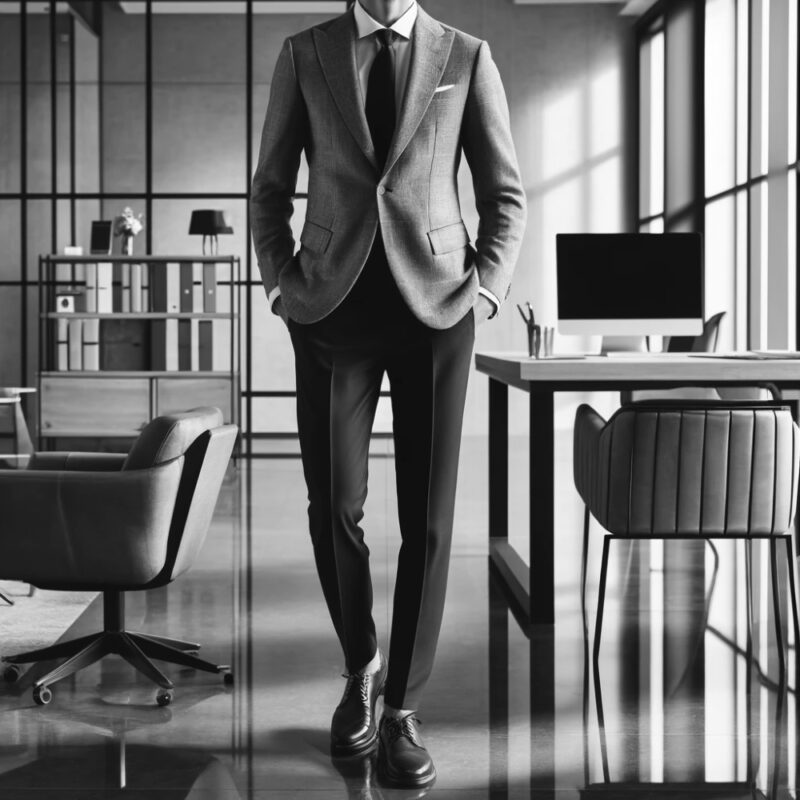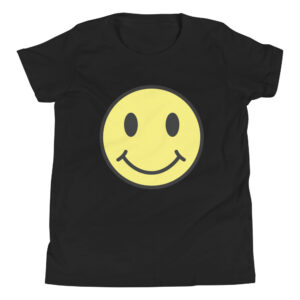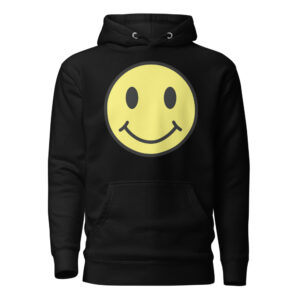Mastering Business Casual with Ease
Business casual is a workplace dress code that blends professional style with a touch of comfort and individuality. While it can vary between industries and office cultures, the goal remains the same: to look polished and approachable without being overly formal. Here’s how to master the art of business casual, ensuring you’re always dressed for success.
Understanding Business Casual
Business casual is not a one-size-fits-all concept. Its interpretation depends on your workplace, but some general guidelines can help you navigate it confidently.
For women, business casual typically includes tailored pants, skirts, blouses, or dresses. Adding a blazer or cardigan can elevate the look, while closed-toe shoes like flats, loafers, or low heels complete the outfit.
For men, business casual often consists of chinos or dress pants paired with collared shirts or sweaters. Blazers can also add a professional touch, and loafers or oxfords are reliable footwear options.
Key Pieces for a Business Casual Wardrobe
Building a business casual wardrobe doesn’t mean overhauling your closet. Focus on versatile staples that can mix and match effortlessly.
- Tailored Pants or Skirts: Neutral tones like black, navy, or gray are highly adaptable.
- Button-Down Shirts and Blouses: Choose classic styles in solid colors or subtle patterns.
- Blazers: A well-fitted blazer instantly adds professionalism.
- Comfortable Shoes: Avoid overly casual footwear like sneakers unless explicitly allowed.
Tips for Dressing Business Casual
Even with the right pieces, pulling off business casual requires thoughtful coordination.
- Know Your Office Culture: Observe how your colleagues dress to gauge the level of formality.
- Stick to Neutrals: Neutral tones offer flexibility and sophistication.
- Accessorize Wisely: Minimal jewelry or a classic watch can enhance your look without being distracting.
- Focus on Fit: Clothes that fit well make you look more polished and feel more comfortable.
Avoiding Common Mistakes
Navigating business casual can come with pitfalls. Here are a few to avoid:
- Being Too Casual: Skip items like ripped jeans, flip-flops, or graphic t-shirts unless your office explicitly allows them.
- Ignoring Grooming: Neatness is as important as your clothing. Pay attention to hair, nails, and overall hygiene.
- Overdoing It: Business casual is not business formal. Skip the full suits unless required.
Adapting to Seasonal Changes
Dressing business casual in different seasons can be challenging. Here are some tips to stay comfortable while maintaining a professional appearance:
- Summer: Opt for lightweight fabrics like cotton or linen and short-sleeve blouses or shirts.
- Winter: Incorporate layers such as sweaters, cardigans, and tights for added warmth.
Confidence Starts with the Right Outfit
Mastering business casual means striking a balance between style and professionalism. By investing in versatile pieces, paying attention to fit, and considering your workplace culture, you can create outfits that exude confidence and competence.






